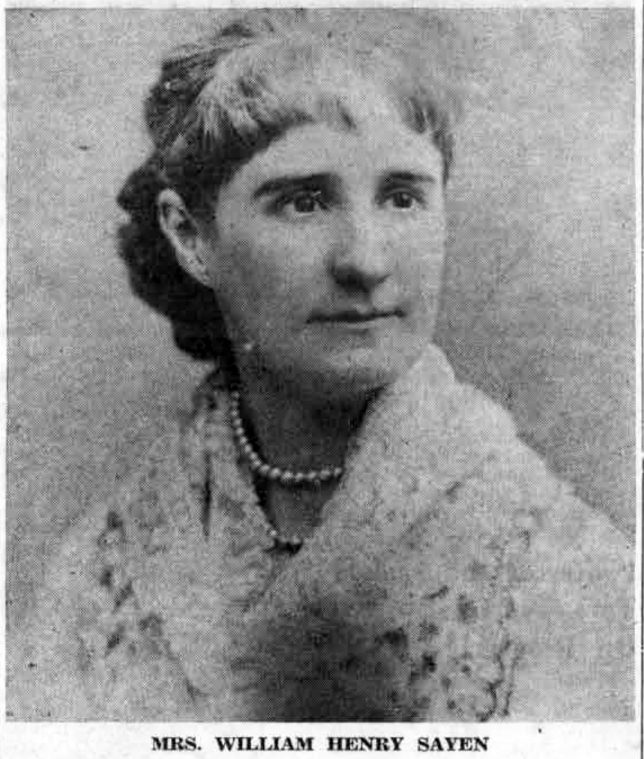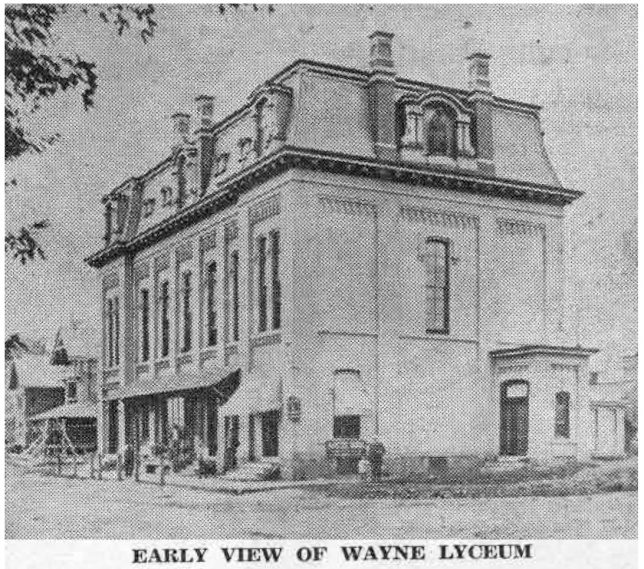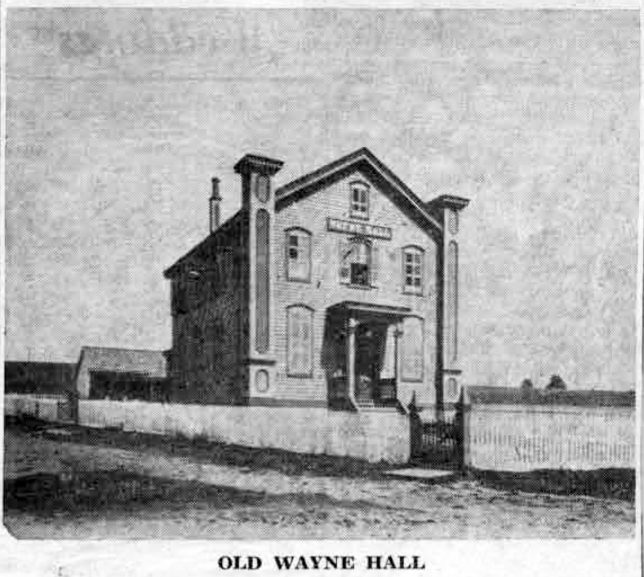 According to the history of the present Memorial Library of Radnor Township, as compiled after much careful research by its present librarian, Mrs. Marie Good Hunt, the small reading room and lending library established in Wayne Hall on East Lancaster and Pembroke avenues served its purpose from 1882 to 1889. During this time Miss Anne S. Matlack and Miss Anna G. Markley gave their services as librarians.
According to the history of the present Memorial Library of Radnor Township, as compiled after much careful research by its present librarian, Mrs. Marie Good Hunt, the small reading room and lending library established in Wayne Hall on East Lancaster and Pembroke avenues served its purpose from 1882 to 1889. During this time Miss Anne S. Matlack and Miss Anna G. Markley gave their services as librarians.
In 1889 new library quarters were established in a second floor room at what was then 105 North Wayne avenue. This was over the “Wayne Estate” offices of the A.J. Drexel Company of Philadelphia, a name still familiar in the annals of Wayne as promoters and builders or the “Wayne Estate Houses” scattered throughout Wayne and St. Davids.
In recounting this move, Mrs. Hunt states that “at the time of acquiring the new quarters, a charter was formed, thereby setting up the library under by-laws, the name being the Radnor Library Association. The Board of Directors completely governed the running of the library – the assistant librarian only distributed books. Occasionally she exercised the privilege of extending the use of the library to some deserving person in place of a member who did not take advantage of his membership. The support of the library continued to be by subscription, supplemented by donations and charges for entertainments given by members. The use of the library increased to such proportions that the services of a paid assistant became necessary.
With the influx of newcomers to Wayne in the 1880’s and 1890’s demands on the Radnor Library Association outgrew its facilities. It was then that Mrs. William Henry Sayen instigated the movement that was to result in the library’s first real home of its own. Mrs. Sayen was one of the farsighted women of her time whose interest in her community had already manifested itself in the founding of the Saturday Club in 1886. Her name, like those of Miss Markley and Miss Matlack, appears on the oldest records or that 70-year-old institution.
Through the efforts of Mrs. Sayen, support for the library project in Wayne came from George W. Childs, one of Philadelphia’s foremost philanthropists of his time. His affiliations with Wayne were close, through his financial interest in the Wayne Estate building operation. His was the gift to the Library Association of ground described on an old deed as being “on the south side of Lancaster avenue and about 230 feet west of Wayne avenue in the town of Wayne, County of Delaware and State of Pennsylvania.” It was on this ground that the Radnor Library Association built its own first home. The library’s name was changed at that time to the “George W. Childs Memorial. Library.” This building, situated just to the west of the Central Baptist Church, forms the nucleus of the present large and attractive Memorial Library.
The “Uniform Contract” for the building, a document preserved in the records of the library, shows that the building cost $2,900, which seems an unbelievably small sum 60 years later. Dall and Peterson of Philadelphia were the architects, while John D. Lengel of Wayne was the contractor. Another name still as familiar in Wayne as that of the contractor is that of R.H. Johnson Co., one of the subcontractors. The contract was signed for the library by Kate L. Sayen.
The cost of the building was met in part by subscription from various interested donors, with a mortgage placed on the remaining balance. The final payment on this mortgage was made by William Henry Sayen in memory of his wife, Katharine Longstreth Sayen who died in 1903, since it was her interest that had made this first library building in Radnor township possible.
(To be continued)


